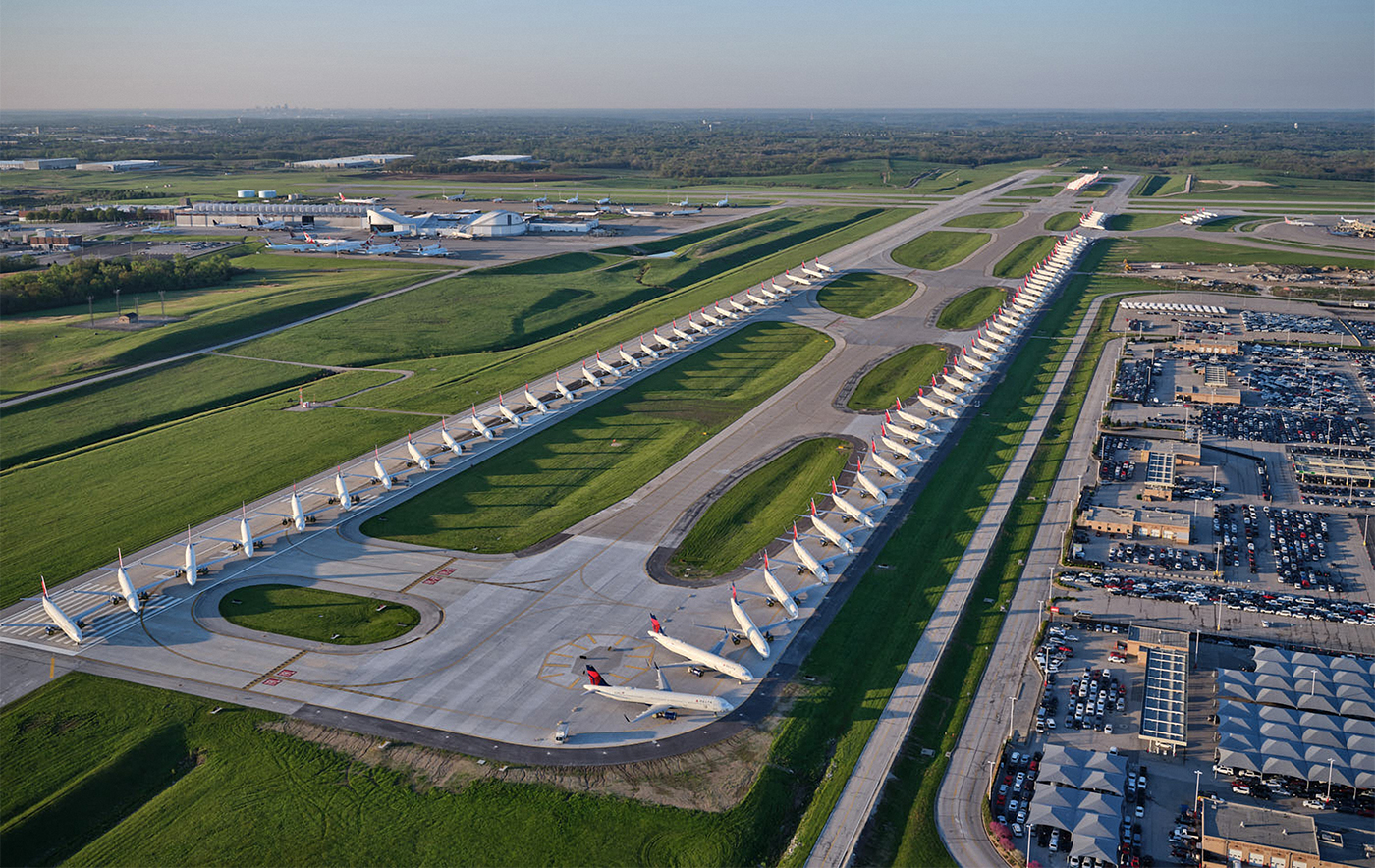Estimated reading time 12 minutes, 57 seconds.
Editor’s note: This story appears in the Skies special issue Aviation in the Face of Covid-19. Access the full issue here.
In the late months of 2019, airlines around the world were experiencing a modern-day Golden Age. Balance sheets at most airlines were looking good. Profits were high. CASMs (costs per available seat mile) were low. Airplanes were full. Pilot hiring was robust. Flight schools were quite literally buzzing. Worldwide, we seemed to be fully immersed in the long-awaited pilot shortage. For aviation professionals, life was good.
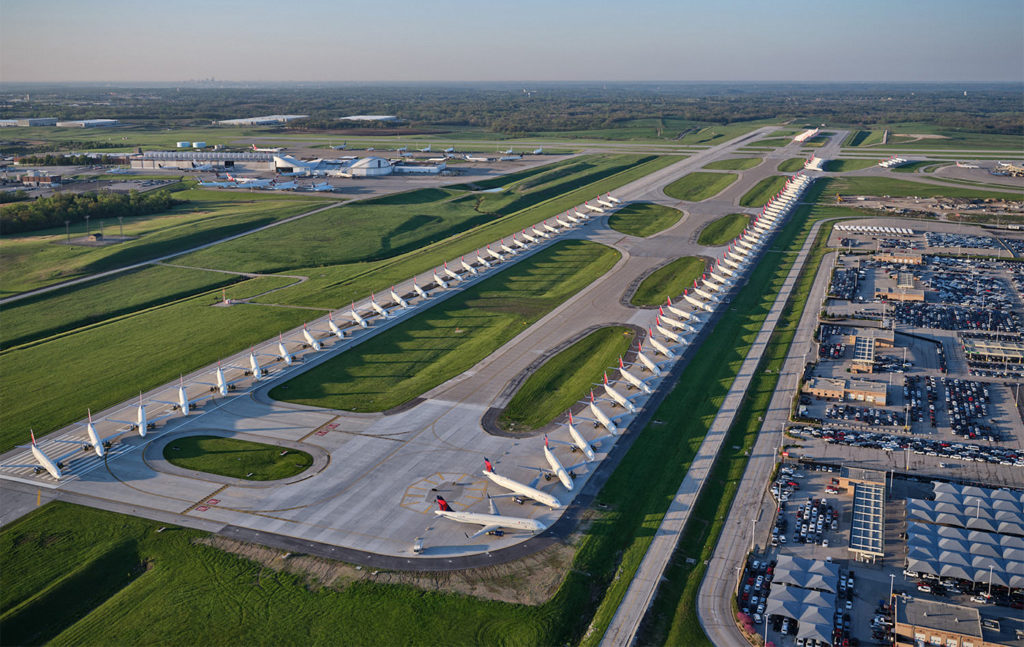
Then, almost overnight, COVID-19 halted air travel. And what initially looked to be a quick comeback turned into the largest industry collapse in the history of aviation. Hitting China hard in January 2020, the repercussions of COVID-19 caused air travel restrictions first in Asia, and then in multiple additional countries. The U.S. had its first documented case on Jan. 20, and by Feb. 9, China’s death tolls surpassed that of the SARS virus in 2003. Shortly after, South Korea, Iran, and Italy experienced outbreaks, and COVID-19 was declared a global pandemic. Lockdown orders were established in more than one-third of the world by March 31, and as the world shut down, so did air travel. By the end of May, there were over 5.9 million reported COVID-19 cases globally, and 365,000 deaths.
This Golden Age of air travel was over, to say the least. Load factors decreased dramatically — and rapidly. By March, airlines had canceled 30 per cent of flights, and by April, 50 to 60 per cent. By May, airlines had implemented a 90 per cent reduction of scheduled flights. There was no revenue coming in. All signs pointed to this being a much worse scenario than either the aftermath of 9/11 or the 2008 depression.

An avalanche
While stay-at-home orders began to ease in many locations in late May, air travel remained slow. According to experts, air travel may not return to pre-COVID numbers until 2025 or beyond.
“There’s no sign that the economy will rebound before 2023,” said Dr. Bijan Vasigh, professor of economics and finance in the David B. O’Maley College of Business at Embry-Riddle Aeronautical University.
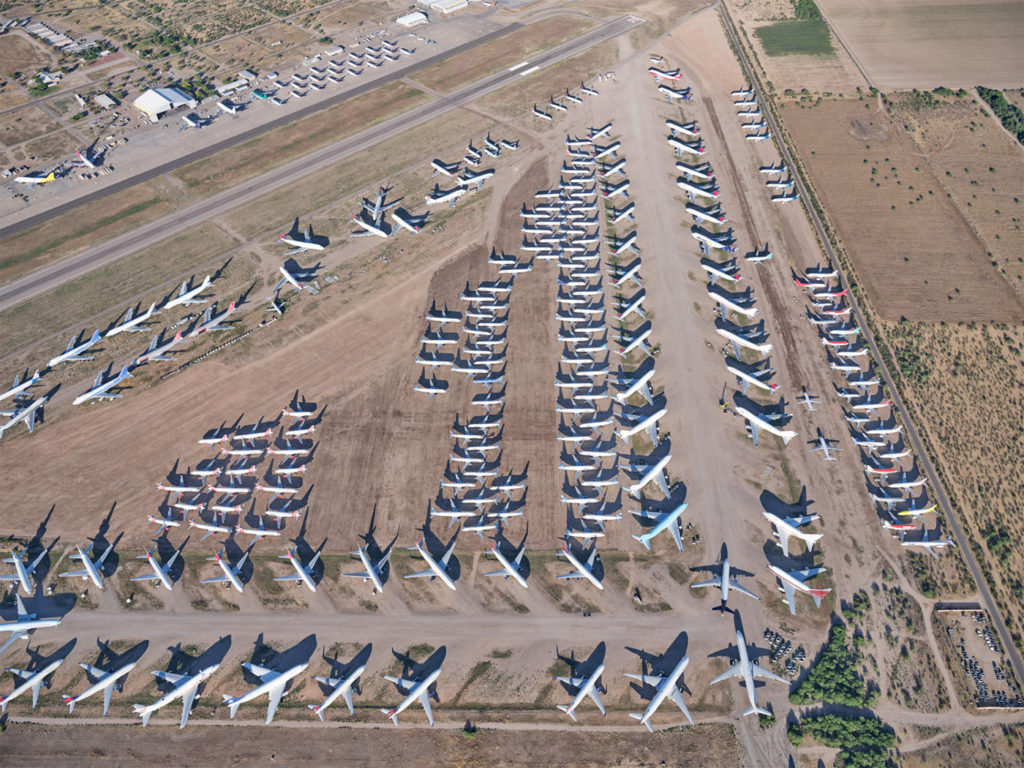
“This is somewhat of a combination of what happened after Sept. 11 and the economic collapse in 2008.” After 9/11, Vasigh said, customers lost confidence in air travel. But it was a known factor. It was a recoverable market. In 2008, the economic collapse took most of the airlines into bankruptcy, but their balance sheets weren’t good to begin with. The consequences of this global pandemic are two-fold: People have lost confidence in air travel and the economy is struggling at the same time. We’re not just dealing with a climate where people are tightening their pocketbooks on travel. This time, people are not allowed to travel, even if they can afford to. With businesses conducting business as usual via Zoom meetings, even business travel will certainly be slow to return.
We don’t know for how long travel restrictions will last, or if there will be a second wave of this virus that continues to halt travel. And when travel restrictions are lifted, there’s a very large population of travellers who will not feel safe breathing the air on an airplane, just inches from strangers who could be potential carriers of a deadly virus.

“This is different. We are not going back to business as usual,” said Vasigh. “We have no pulse on this. This is an avalanche. We see it getting bigger and bigger, but we don’t know when it will end. It will take a long time for people to feel safe enough to fly again.”
Running out of runways to park aircraft
According to a report by aviation economist Dan Akins from Flightpath Economics, LLC, “U.S. airline revenue dropped by $20 billion in the year following the terrorist attacks on 9/11 and the 2008 global meltdown. By comparison, the annual impact of COVID-19 on global airline revenue is estimated between $63 and $113 billion.”
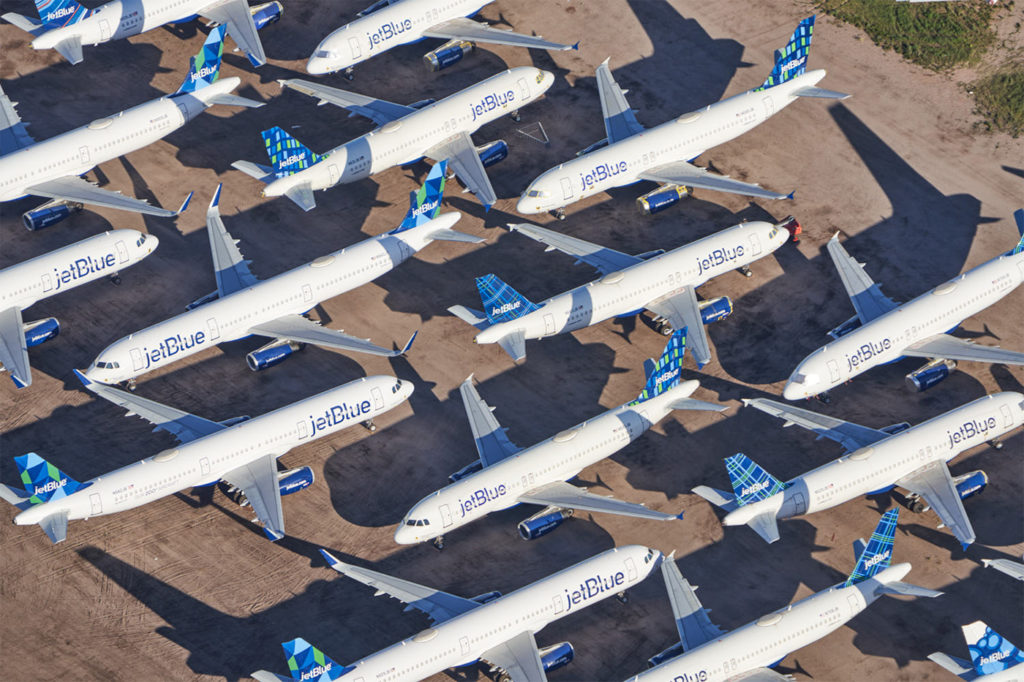
By March 2020, air cargo costs tripled, and part 135 air charter operations reported traffic drops of 30 per cent or more. In the meantime, airline traffic dropped more than 90 per cent across the board. By April, two-thirds of the world’s airliners were parked on runways and taxiways at airports across the world, and space was running out. Airlines were flying legs with just two people on board.
Within weeks, airlines began announcing closures and bankruptcies. As COVID-19 spread to Europe in early March, U.K. airline FlyBe, already struggling financially, shut its doors. Avianca, the second largest airline in South America, filed for Chapter 11. After 20 years in operation, Virgin Australia filed for voluntary administration on April 20. In the U.S., three airlines would close within weeks of each other: RavnAir, a regional carrier for Alaska Airlines, Trans States Airlines (TSA), and Compass Airlines all announced closures in April.
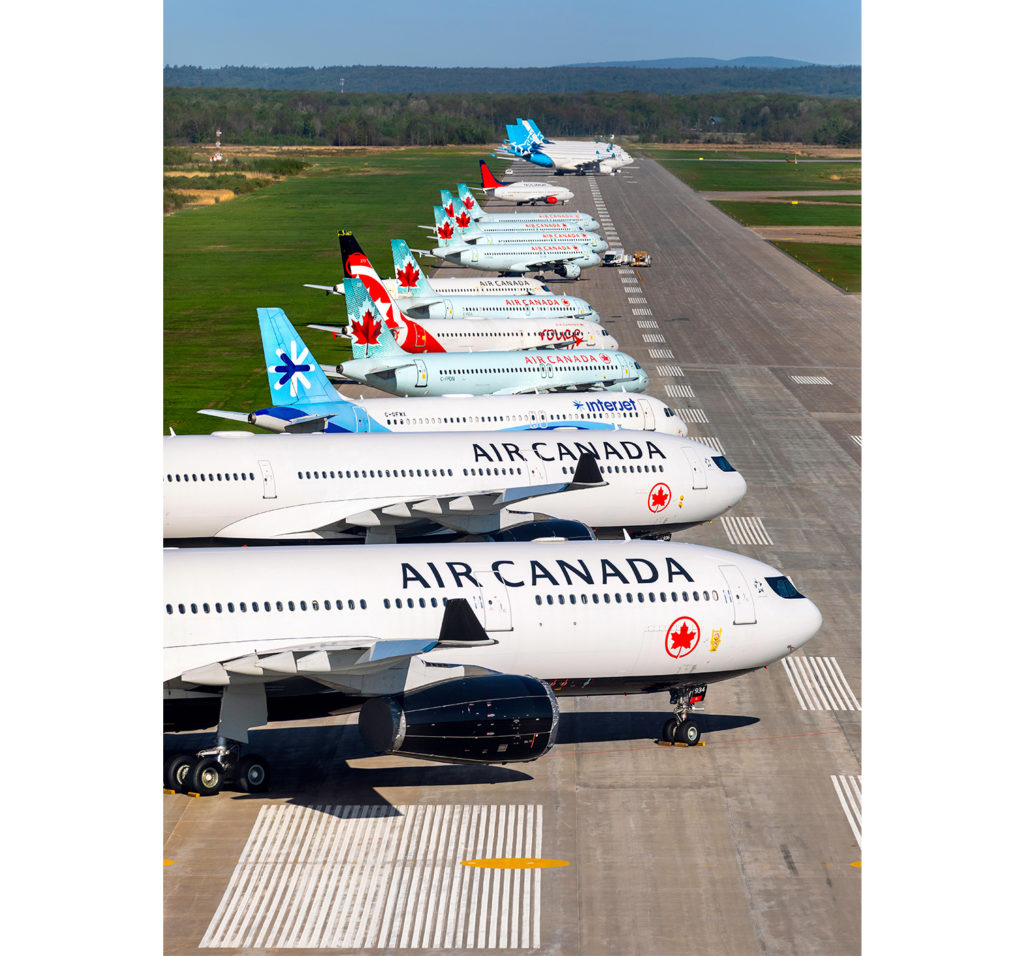
Other airlines began furloughs. Air Canada announced an initial reduction of workforce by 16,500, and while it was initially able to hire many employees back under a government relief program, it later declared it would have to cut around 20,000 positions effective June 7. British Airways announced cutbacks of about 12,000 employees. Virgin Atlantic announced that it would cut over 3,000 jobs in May.
Burning through $70 million per day
While some airlines furloughed quickly, others awaited government relief programs with the hopes that the crisis would be short-lived and furloughs could be avoided. After all, balance sheets were good, major airlines had access to significant cash, and the cost of furloughs is massive. There was hope that with a little help from the government and some major cost-cutting, things might get back to normal within months.
But as happens much of the time, government relief wouldn’t come without a struggle. And it wouldn’t even come close to ending the massive financial bleeding. In the U.S., at least, it took some time to implement the CARES Act. And the provisions associated with it were unknown throughout March and April until airlines first met with Congress and then waited for funds, all while flying nearly empty airplanes around at a cost of $50 to $70 million per day for some. In the end, while the intent of the CARES Act was to help airlines and employees, it may have done more harm than good for the industry by restricting airlines’ abilities to furlough or cut routes, and deferring the inevitable cost-savings measures airlines need to stay alive.
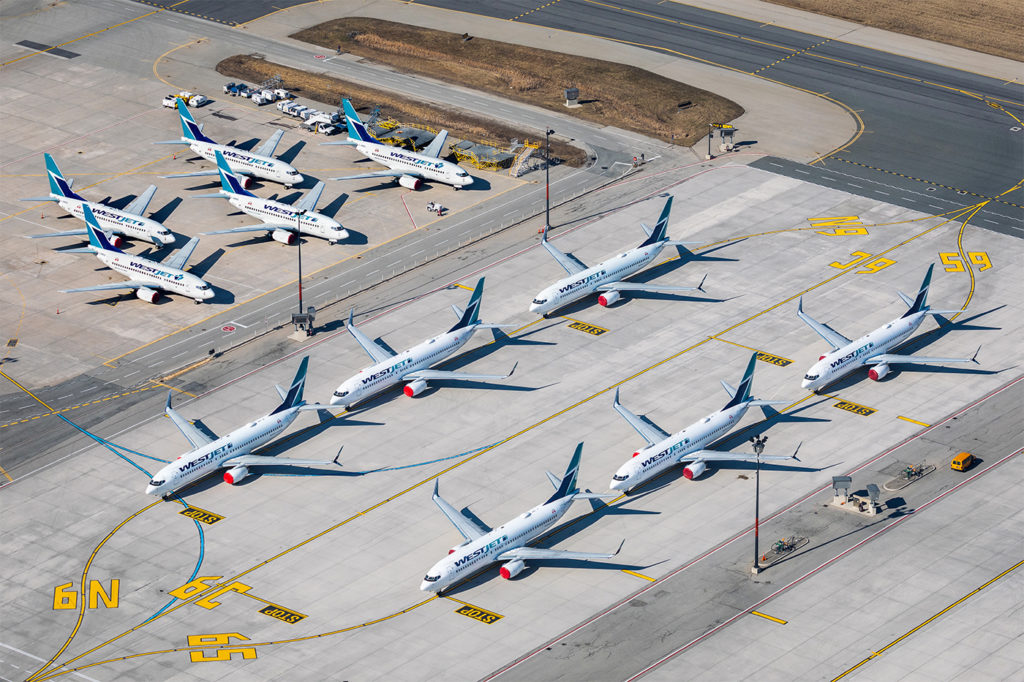
The CARES Act came with provisions that prevented airlines from furloughing or cutting wages before Oct. 1, 2020. In addition, it required airlines to continue to service the same markets as before. So while the funding was enough to cover some of their employees’ salaries, it didn’t cover the rest of an airline’s costs. Add that with the restriction of continuing service in the same markets, and airlines couldn’t initially stop flying routes to save money. (Since then, certain waivers have been granted for route cancellations.) Finally, with zero revenue, airlines faced an impending doom. They started planning for drastic downsizing.
The cost of furloughs
Furloughing pilots isn’t cheap. It’s a last-resort scenario in which airlines have to spend a massive amount of money to save money. This happens when there’s no other choice. After investing large amounts of time and money into each pilot (initial new-hire training in a Boeing 737 simulator can cost between $10,000 to $25,000 and take upwards of two months for a single pilot), the last thing airlines want to do is send them home with the potential of losing them to another job or career.
Instead, a variety of other measures are taken first to minimize the number of furloughs, such as offering pilots voluntary unpaid leave, paid leave (usually a portion of regular pay), voluntary reduced-credit lines (in which a pilot can opt to fly fewer hours or days in the month), voluntary separation packages (United Airlines is offering status and miles to employees who take a voluntary separation), and early retirement packages.

Even with the incentives listed above, U.S. airlines will still need to furlough when they’re able to. Major airlines have already announced displacements, which happen when bases are closed or aircraft are retired. In May, Delta Air Lines announced displacements including the surprise retirement of its Boeing 777 aircraft, the early retirement of the MD-88s and MD-90s, a reduction of the Boeing 717 fleet, and the closure of its Cincinnati, Ohio, base.
Every major airline will be faced with similar displacements as airlines work to downsize and cut costs in the coming months in preparation for a reduction of workforce beginning in October. But these displacements come with an enormous cost to airlines.
When an airline closes a base or retires an airplane, those displaced pilots must bid for another base or aircraft. As with everything involving pilots, these displacement bids are based on seniority, which means that every other pilot underneath a senior pilot is at risk of also being displaced. A senior pilot in a Boeing 777 at Delta, for example, can bid for any other aircraft, position, or base. Perhaps he wants to fly a 767, but at a different base than he’s currently stationed. This displaces a 767 pilot at that base. That displaced pilot then must bid for another position, and perhaps that pilot gets involuntarily displaced to a different airframe or base. Each of these pilots must now go through initial training for a new aircraft, costing the airline tens of thousands of dollars for each pilot. This process takes months, sometimes years, as airlines restructure.
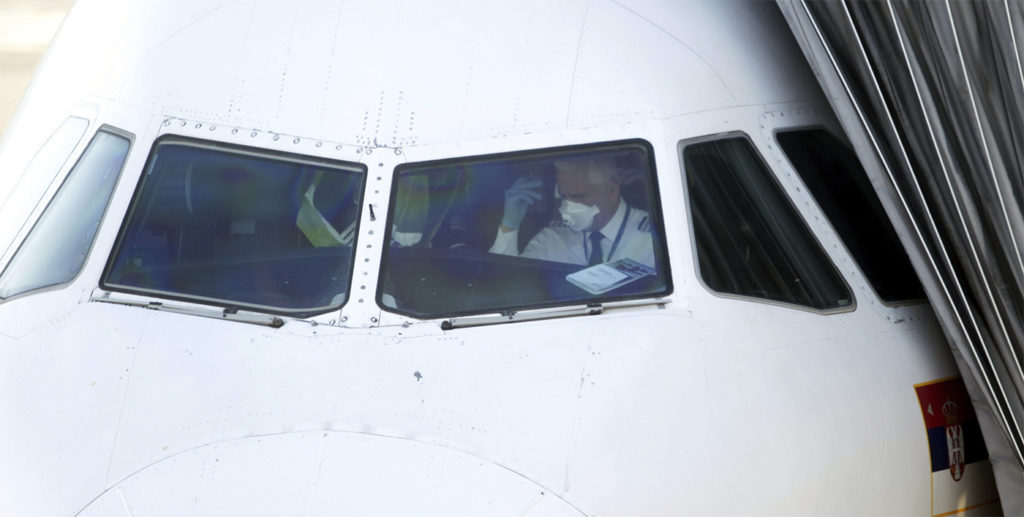
In addition, after drastic cuts, it’s not uncommon for junior captains to be displaced back to first officer roles. At many airlines, this would also require the pilot to go through initial training once again for the right seat. (With exceptions, such as for check airmen, most pilots can’t readily go back and forth between the right seat and left without retraining.) Simulator training, while significantly less expensive than operating the actual aircraft, is no small cost. Simulators themselves can cost between $6 and $10 million each, and upwards of $500 to $1,000 per hour to operate, not including wages and benefits for instructor pilots in the training department.
And this money is spent even before an airline is ready to furlough. Furloughs, while simpler than displacements, also cost a significant amount of money, and they cause even more displacements. Once again, furloughs mean the displacement of junior captains to first officer roles, and those pilots must be re-trained for the role of first officer.
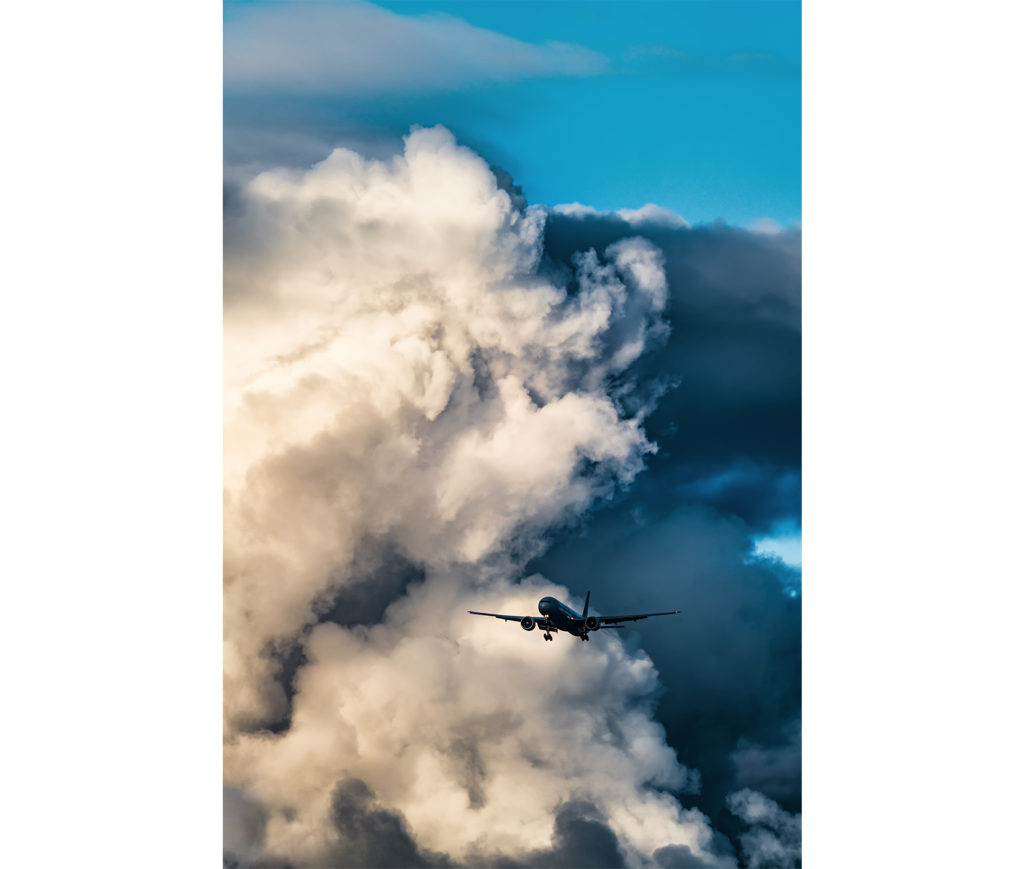
Recalling pilots after furlough presents an additional cost. Recalled pilots have to be re-trained. Most will go through a program similar to initial training again.
None of this is cheap. It’s no surprise, then, that airlines don’t use furloughs as a first option when the economy goes downhill. And it’s no surprise that an airline will refrain from furloughing if they expect to have to recall furloughed pilots within a year. In some cases of short-term downturn, the cash burn of keeping pilots on staff might be less than the cost of displacements and furloughs. The announcement of furloughs and displacements after the fallout from COVID-19 is a real indicator that nobody expects a quick turnaround of the industry this time around.
The silver lining
If there’s a silver lining in the post-COVID airline world, it’s that airlines’ balance sheets were in good shape just before this global pandemic happened. Most airlines had lots of cash available to weather a short-term storm. This prevented knee-jerk reactions at many airlines, allowed for strategic planning, and gives many pilots months to plan for furloughs. And although the global fallout of COVID-19 is colossal, we’ve learned enough from the circumstances in 9/11 and 2008 to know what all of this means.

Some airlines are too big to fail. American Airlines, for example, is 28 per cent of the U.S. market. Our country needs airlines. Globally, airlines will not disappear. And in a world where so many other businesses and industries rely on aviation, and vice versa, we know that a recovery is around the corner somewhere — albeit a very long, curvy corner this time around.
Sarina Larson is an airline pilot and freelance writer with a master’s degree in aeronautical science. A flight instructor since 2005, she has a passion for teaching and learning. She lives in Boise, Idaho with her two boys.
